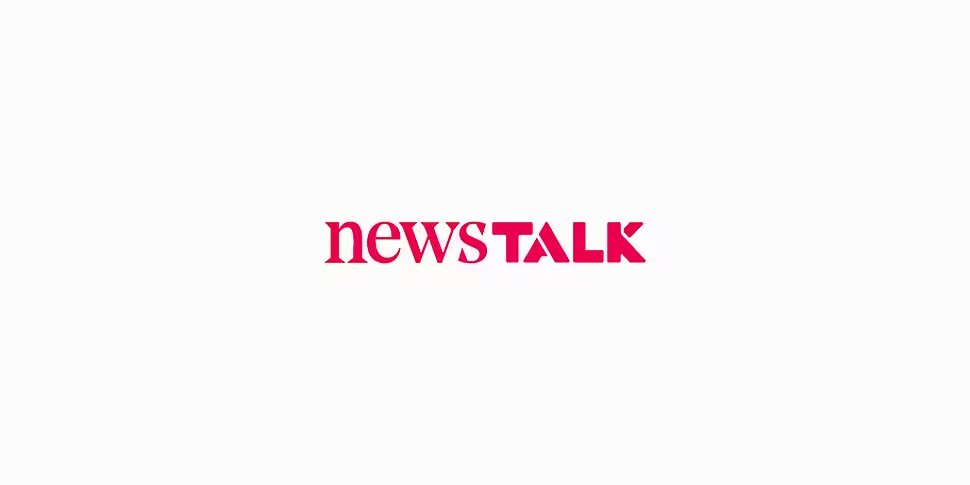New 3D scanners being trialed at London's Heathrow Airport could see a change to the current airport liquid restrictions.
The machines take a 3D x-ray, allowing security staff to check items without needing them to be removed from bags.
The scanner also has the ability to detect explosives.
The UK's Department for Transport has said a "small number" of trials were set to last between six and 12 months.
It is thought if the trials are successful, it could lead in future to passengers no longer needing to remove liquid items from hand luggage for screening.
Currently, liquids in carry-on baggage can be no more than 100 millilitres in size and packed in a single, transparent resealable plastic bag.
These bags have to be removed from luggage at security screening areas.
These restrictions were introduced after a failed bomb plot in 2006 to attempt to take down a number of transatlantic planes.
EU aviation security regulations do allow for some exemptions: including essential medicines and dietary requirements in liquid form, for example baby-food or food for people on special diets.
"The beginning of the end"
International security expert Matthew Finn told Newstalk Breakfast earlier he hopes it is a new era for passengers.
"It could be about to change and I hope it is indeed the beginning of the end.
"From a security standpoint, I don't need to know that you've got 150 millilitres of toothpaste in your cabin bags - what I do need to know is that you have no trace of any explosive compound or liquid-based explosives in your cabin bag.
"What we're seeing now is an evolution in technology that would potentially allow all cabin baggage to be screened to a new and higher level that would determine what the actual nature of those liquids is".
"It uses, essentially, a legacy technology that was developed in the medical industry called computer iconography - it's essentially an enhanced and advanced x-ray that shows varying colours to denote whether the material that's being scanned is organic, inorganic, metal, ceramic, etc.
"And using those colourful images you see on these modern CT x-rays, you can determine to a good degree what the nature of those compounds is within a cabin bag".
But he warns: "When this is rolled out it needs to be deployed globally and all at the same time - we can't find ourselves in an environment where half of the world's airports allow passengers to travel with more than 100 millilitres of liquid, and the other half don't.
"We also need to remember that this is very expensive technology - this capability comes at quite a cost to the industry - and many airports around the world would have recently renewed or upgraded their security screening capability, and they may have several years to run on those contracts".









